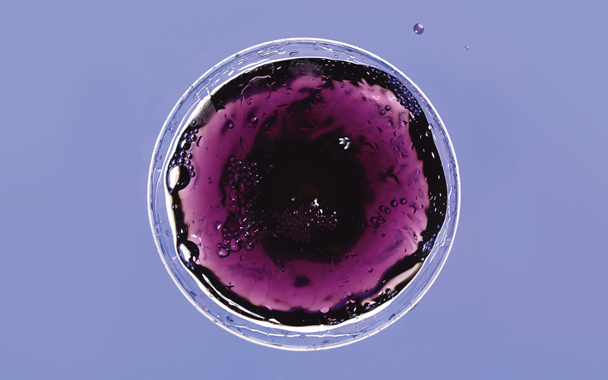The Varnish, a proto-speakeasy hidden at the back of the century-old sandwich shop Cole’s, is the center of the Los Angeles cocktail cult at the moment, a temple of spirits where bliss is measured out by the jigger. Especially toward closing time, when Louis Armstrong tends to fade into Nina Simone, it is a good place to contemplate the unknowable, the terrible moment of clarity that is often found at the bottom of a glass.
There is a small cocktail menu here, a wood-mounted document listing half a dozen or so drinks, some invented and others taken from manuals your great-great-grandparents may have received as wedding presents. But regulars tend to give the bartenders free rein, secure in the knowledge that Matty Eggleston is a master of juice-based cocktails, Marcos Tello is a virtuoso at flashy tequila drinks, and Eric Alperin could probably have run the bar at a grand hotel in 1895. You’re never quite sure what you’re going to get, but it’s usually good.
Still, I was surprised the other day when Alperin brought over something he called an Eagle’s Dream, a pale, milky liquid capped with an even layer of dense foam, a drink with the weight of a well-made Ramos Fizz, but instead of that drink’s sweet, pervasive fragrance of orange flowers, there was a scent direct yet fleeting, familiar yet not—distilled emotion in a glass. Eagle’s Dream is not a recent invention (there is a recipe for it in Harry Craddock’s classic 1930 Savoy Cocktail Book), but the sensation was as disquieting as an Arcimboldo painting: an old thing that seemed vividly new. The fragrance was that of Parma violets.
Violet-scented cocktails, once fairly common, almost disappeared 50 years ago, dismissed as auntly and old-fashioned, unable to compete with the more immediate pleasures of Mai Tais or Rusty Nails. Crème Yvette, a violet liqueur discontinued in the late 1960s, has been a grail of American cocktailians for years, a faint breeze from the past whose sweet woodsiness was the key to so many of the formulas in the great old bar books, not just the Eagle’s Dream but the Ping Pong, the Blue Moon, and especially a proper Aviation Cocktail—bold tastes lost to time. An Aviation made with maraschino liqueur alone can be delicious, but it bears the resemblance to the violet-tinged original that a computer-tinted print of Casablanca does to the black-and-white master.
But as suddenly as absinthe, Old Tom gin, and pimento dram have found their way back behind the bar, so has violet—Rothman & Winter now makes a creditable crème de violette, and the classic Crème Yvette has just been resurrected by Rob Cooper, the man behind the St-Germain elderflower liqueur you see at so many good bars. Alperin’s cobbled-together violet, which perhaps lacks the complexity of Crème Yvette but has all of its chalky, pastille-like flavor, is made with a Monin syrup.
This could be the violet hour, the moment when the flower reasserts itself in the palette of flavors. If lavender, buried so long under its resonances of grandmotherly perfume and scented bathroom products, can now be fashionable—rubbed into meat in three-star restaurants and mixed into herbes de Provence—why not also violet, its gentler sister, the eternal symbol of faithfulness, of purity, of modesty, of virtue?
The Varnish 118 E. Sixth St., Los Angeles (213-622-9999)



 Pinterest
Pinterest






